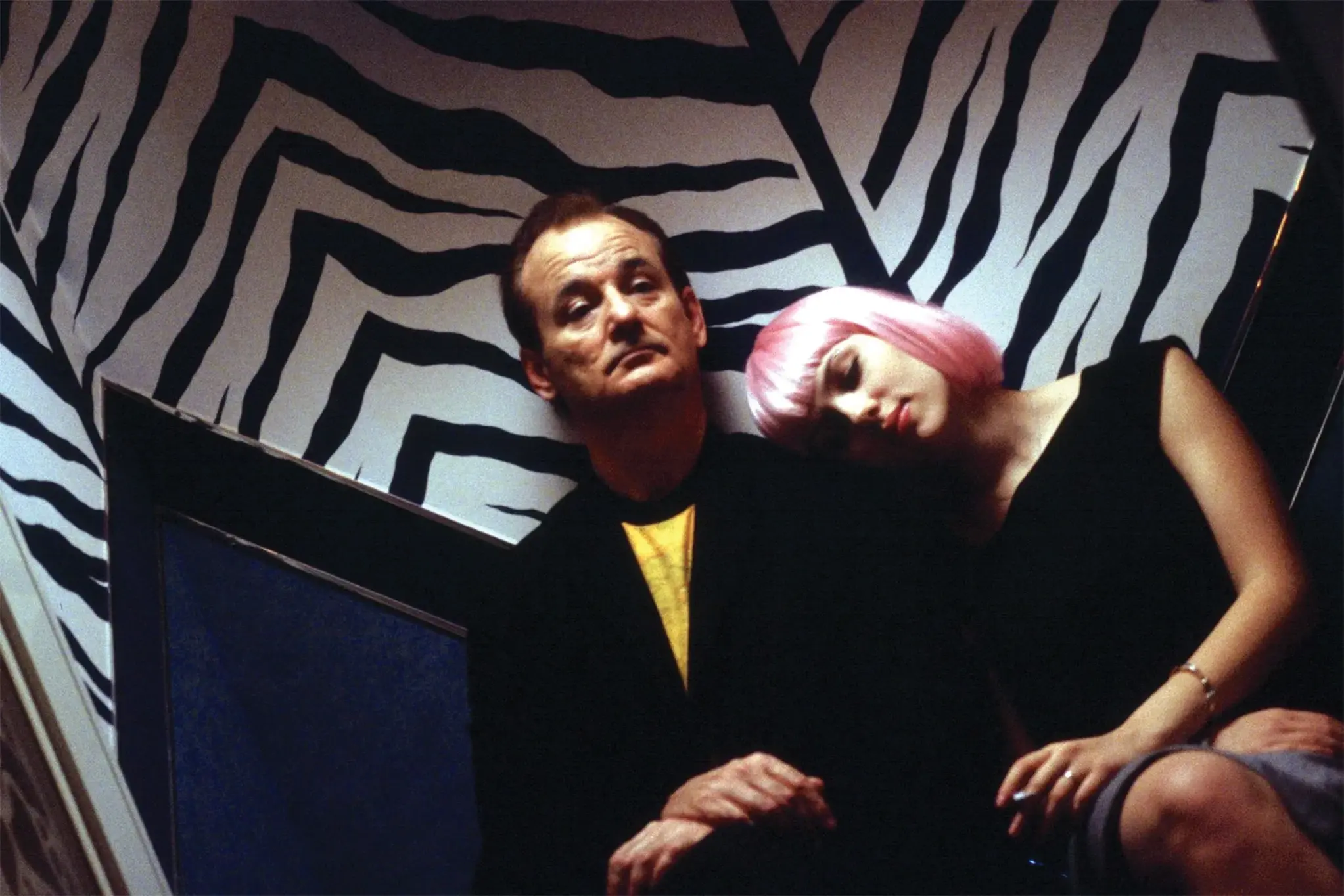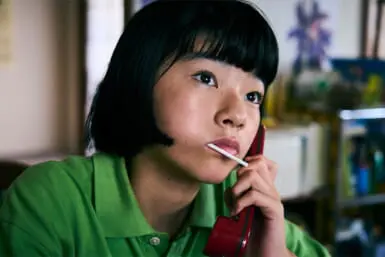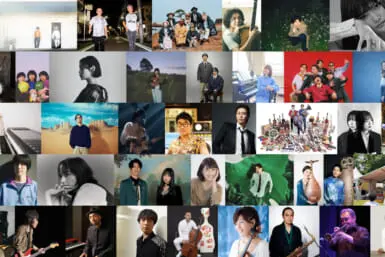Sofia Coppola’s Lost in Translation — a comedy drama about characters played by Bill Murray and Scarlett Johansson that kind of date in Tokyo — met with almost universal acclaim when it came out in 2003. But the reasons for the “almost” were quite damning. At the time, the movie was hit hard by accusations of orientalism and racial stereotyping. So much so that the film’s Japanese distributor kept dragging its feet, and by the time the lengthy subtitle-making process was completed, it was already 2004. That’s why it’s OK to talk about the 20th anniversary of Lost in Translation this year. So, let’s do that. What did the movie get right? And how was its portrayal of Japanese people?
A Tale of Zero Cities
There are plenty of movies where the setting of the story is itself a “character.” Lost in Translation isn’t that kind of movie. Tokyo isn’t part of its cast. The plot revolves around Bob Harris (Murray), a movie star shooting a whisky commercial, and Charlotte (Johansson), the wife of an entertainment photographer, finding comfort in each other’s company brought on by their loneliness and a sense of isolation. It wasn’t, however, brought on by some unique quality of the city.
Charlotte is a recent college graduate still figuring her life out while Bob is dealing with family issues in a place far from their homes, support systems, or people who even speak their language. The heart of the story wouldn’t change if Lost in Translation was set in, say, Beijing or Rio de Janeiro. All Coppola needed was a foreign city where not a lot of people knew English, and the only reason she went with Tokyo was because she spent a little time there figuring her life out. There is definitely an autobiographical element to the movie, which some might argue requires the story to take place in Japan, but it really doesn’t.
The film is not called Lost in Tokyo or The Adventures of Charlotte in [insert nickname for Japan’s capital]. The city is merely a backdrop against which the important stuff happens. And to the movie’s credit, it’s a lovely backdrop. Lost in Translation skillfully captures the jaw-dropping experience of seeing Tokyo at night for the first time with its many neon signs and throngs of people. After years of living here, it’s easy to tune out Tokyo’s electric beauty, but rewatching the movie remedies that.
What About the Racial Stereotyping?
The movie’s protagonists are first-time visitors to Tokyo and so they naturally engage in very basic tourism in their free time. Charlotte visits a temple, takes an ikebana class, goes to a game arcade, visits Kyoto and then later takes Bob for a taste of Tokyo’s nightlife to meet a bunch of colorful characters, which culminates in the famous karaoke bar scene. And those scenes are all great because they aren’t transformative.
No one suddenly finds the meaning of life by appreciating some flowers or by partying in Shinjuku and Shibuya. That would have been orientalism. The movie’s Tokyo is a foreign place, sure, but it’s not presented as a municipal version of a Manic Pixie Dream Girl. It doesn’t exist to solve the protagonists’ problems with its quirkiness. As Bob so concisely put it: “It’s just… different.” Amen to that.
Just because those scenes weren’t problematic, however, doesn’t mean the movie never misses a step. Since Tokyo is just a backdrop here, nobody’s demanding Japanese characters with dramatic character arcs and ruminations on the Japanese psyche. But a little dignity would be nice.
Bob’s clueless interpreter, who barely speaks English, was bad enough. But the scene where a Japanese prostitute spends an agonizingly long time telling Bob to “lip” her stockings was just beyond embarrassing. No movie should win an Oscar for Best Screenplay if it makes fun of Japanese people “switching their Rs and Ls.” Which they actually don’t. At least not how the movie mocks it.
One Thing That Has Aged Incredibly Poorly
During one scene, Charlotte and Bob are in a bar with their Japanese acquaintances when, suddenly, the bar owner pulls out a realistic airsoft gun and starts firing at the group, chasing them outside where the faux-shootout continues. If this actually happened in Tokyo, it would end with a police assault team response, news helicopters and coverage on major news stations. The entire sequence was apparently meant to show everyone just having fun, as were the scenes of Bob and Charlotte horsing around in a hospital wheelchair, jaywalking and letting Tokyo be their playground.
It’s eerie how similar those scenes are to some of the stunts pulled by nuisance influencers in Japan in recent years. Coppola, of course, only wanted to show the protagonists being happy and carefree, and there’s no way she could have predicted that foreigners being annoying in public would become a problem in Japan in 20 years. Nonetheless, it’s made parts of the movie age less like fine whisky and more like a carton of milk behind a radiator.
What Does the Movie Actually Have To Offer?
After 20 years, Lost in Translation still offers a story we rarely see in modern cinema. The movie is a romance without a hint of horniness or sexiness to it. Scarlett Johansson is very attractive, but her Charlotte is a modest mouse of a girl and there’s zero sexual chemistry between her and Bob. There’s perhaps a desire for a sexual component to their weird, hard-to-define quasi-relationship, but it’s never expressed in any meaningful way. This is something that worked out really well for the movie in the long run.
Nowadays, a common and justified complaint against modern movies is that “everyone is beautiful and no one is horny.” We’re spoiled for choice when it comes to cinematic Greek gods and goddesses, but no one is having sex because that could limit a film’s audience and, most importantly, its revenue. Lost in Translation also isn’t horny, yet it doesn’t sexualize its stars (except for the opening shot that no one’s been able to decipher to this day), so it kind of evens out, making the film a standout for two decades straight.









